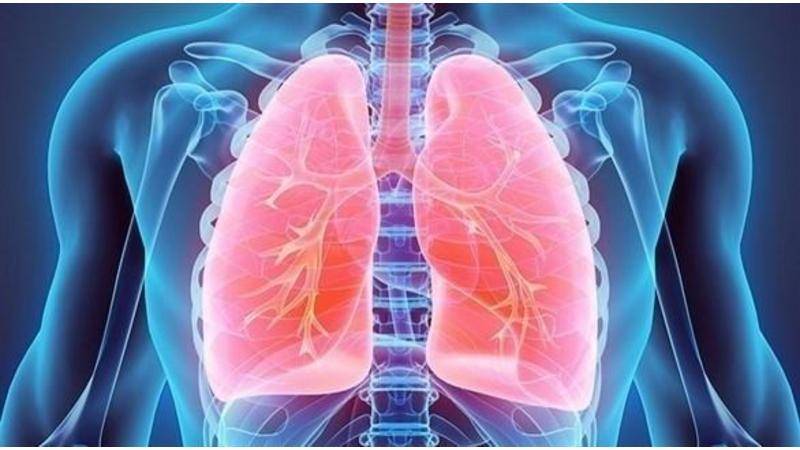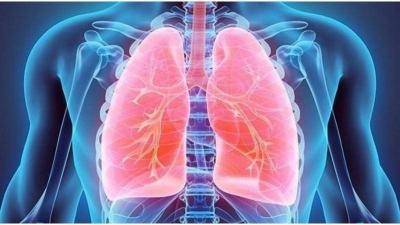Scientists at Sevastopol University have created a device for liquid breathing, successfully passing the first tests of liquid ventilation for the lungs. A source in the social center, which operates the Priority 2030 program, notes that "this technology involves the pumping and withdrawal of a special liquid, saturated with dissolved oxygen that reaches the blood." The method of "liquid breathing" can be used to relieve the accelerating pressure for divers, reduce body temperature under controlled conditions by 3-4 degrees to slow metabolic processes, treat respiratory diseases, and perform cardiopulmonary resuscitation for infants. According to the developers, this technology allows for an increase in the time necessary for treating patients and significantly reduces costs.
Project leader Stanislav Roshopkin stated, "Advanced research and development in the field of 'liquid breathing' at the university occurs while the person is under general anesthesia. A tube is placed into the trachea in the lungs through which the required volume of respiratory liquid is pumped, and a quarter of it is continuously recycled: the liquid is extracted, and after removing carbon dioxide, it is saturated with oxygen and re-pumped after being cleaned with ultraviolet light." Tests conducted on German Shepherds have shown that this technology works and meets all the requirements outlined in the technical specifications.




